The Mountain, a film written by Fathy Ghanem, tells the story of building the village of New Gourna by architect Hassan Fathy. Filmed in the village of New Gourna itself in 1965, it is incredibly important from an architectural perspective, however, Hassan Fathy never mentioned the film in any of his writings or speeches. More information at www.hassanfathy.webs.com
Centre for Earth Architecture
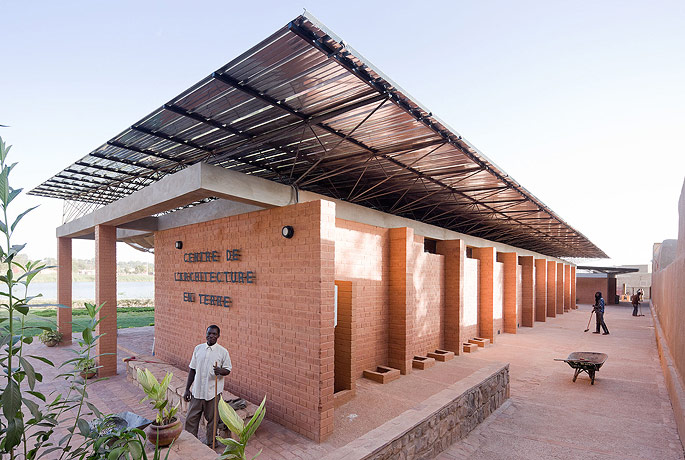
The Centre for Earth Architecture, designed by Francis Kere Architecture, is located Mopti, Mali. The centre is divided into three different buildings which are connected by two roof surfaces.
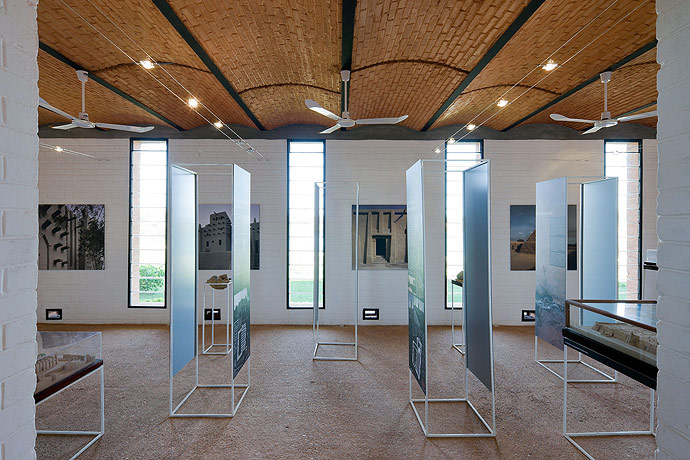
All the walls and the barrel vaults are constructed of compressed earth blocks that comfortable indoor temperatures.
Solar Sinter Project
In a world increasingly concerned with questions of energy production and raw material shortages, this project by Markus Kayser explores the potential of desert manufacturing, where energy and material occur in abundance.
In this experiment sunlight and sand are used as raw energy and material to produce glass objects using a 3D printing process, that combines natural energy and material with high-tech production technology. Solar-sintering aims to raise questions about the future of manufacturing and triggers dreams of the full utilisation of the production potential of the world’s most efficient energy resource – the sun. Whilst not providing definitive answers, this experiment aims to provide a point of departure for fresh thinking.
Diébédo Francis Kéré
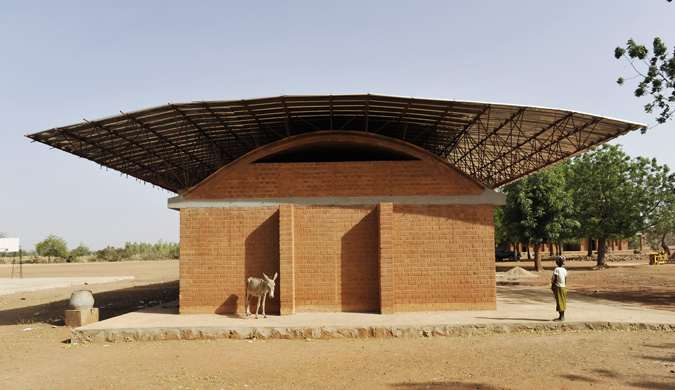
From FastCOdesign: Diébédo Francis Kéré Imbues Mud With Poetry, And Gives Africans A Future
Ahmed Baba Institute Library

The new Ahmed Baba Institute of Higher Islamic Studies and Research, completed in 2009, introduces state-of-the-art techniques for conserving, exhibiting, and studying these famous Timbuktu manuscripts. dhk Architects of Cape Town designed phase one of the $8.36 million, 50,000-square-foot Institute, creating an archive of 20,000 manuscripts and a public library with reference materials on the culture of the region.

Andre Spies, the project architect for dhk, designed the institute and now heads his own practice in Cape Town called twothink architecture, which completed phase two — fitting out the interiors. To respect the vernacular architecture of the region, Spies chose to build primarily with mud, which requires maintenance after the annual rains. He found a local mason who mixed mud with concrete to make the facade rain-repellent, and he purchased mud bricks from craftsmen on the streets.

The introduction of a new building is challenging in the low-tech, mud-built setting of Timbuktu. Albakaye Ousmane Kounta, the Malian writer, poet, and storyteller, criticizes the building as “too modern.” Whereas fortresslike walls concealed the internal configuration of the former institute, the new one blurs inside and out with outdoor hallways arrayed along a “free plan.” This modern approach is uncommon in West Africa, where public and private spaces are strictly demarcated to keep out sand, roving donkeys, and itinerant people. The new design encourages access and openness, but it has drawbacks as well. In addition, some spaces — such as the auditorium — have rigid functions not easily adapted to other uses.
El-Gourna el-Gedida – Vision & Reality
Hassan Fathy is The Middle East’s Father of Sustainable Architecture
Green Prophet has railed against projects like Dubai Burj Tower. They have pounded our chests at the audacity of Masdar City’s “zero” footprint claim, and have decried the potential consequences of unsustainable approaches to building and planning. “USD22 billion” for a building project and “sustainable” simply don’t belong in the same sentence.
Egyptian architect Hassan Fathy died in 1989 but left behind a legacy of 160 building projects ranging from small projects to large-scale communities complete with mosques and schools. His impact can still be felt from Egypt to Greece and even New Mexico, where in 1981 he designed the Dar Ar-Salam community. Fathy received several awards for his work, including the Aga Khan Award for Architecture in 1980, and founded The International Institute for Appropriate Technology in 1977.
Emerging Ghana
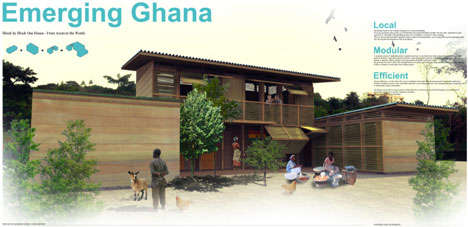
Enviu selected Emerging Ghana by Ana Morgado, João Caeiro, Lara Camilla Pinho, Maria de Paz Sequeira Braga and Maria de Carmo Caldeira, from Portugal, Mexico and Brazil, as the winner of the Open Source-House competition. The materials used are bamboo and dahoma, a local wood, for the modular and lightweight panels. These are held together with strong rammed earth walls. Due to the modular design, inside and outside spaces can be created depending on different needs and environments. Natural ventilation is archived throughout the building, due to the earth walls that keep the spaces cool and shaded areas.
Terres, d’Afrique et d’Ailleurs
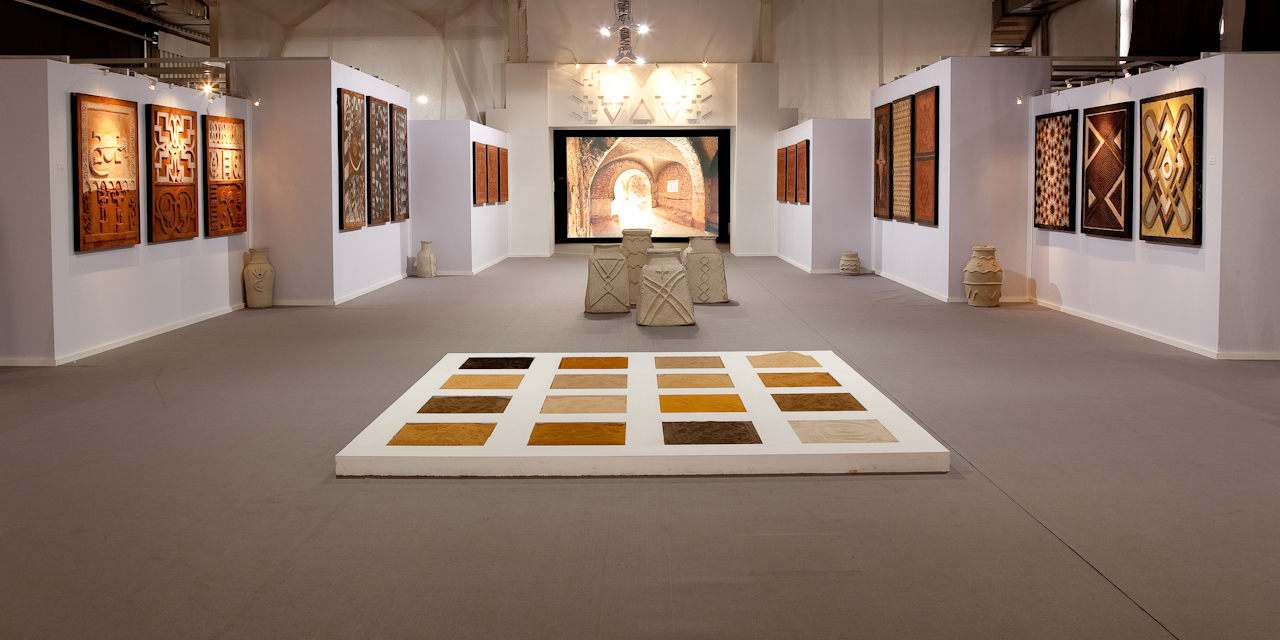
The 2nd Pan African Cultural Festival in Algiers, Algeria includes an exhibit and symposium entitled Terres, d’Afrique et d’Ailleurs, sponsored by the Algerian Ministry of culture and curated by architect Yasmine Terkhi, which facilitated the participation of 19 artisans from 5 countries (Burkina Faso, Nigeria, Niger, Ghana, Nigeria, Algeria) who prepared wall panels in earth using indigenous techniques and motifs from the communities they represented. Invited speakers to the symposium include Ronald Rael, Hubert Gillaud, Hugo Houben, Salma Damluji, Marcello Cortes, Laetitia Fontaine and many other internationally renowned experts in the field of earth architecture.
Rammed Earth Stove
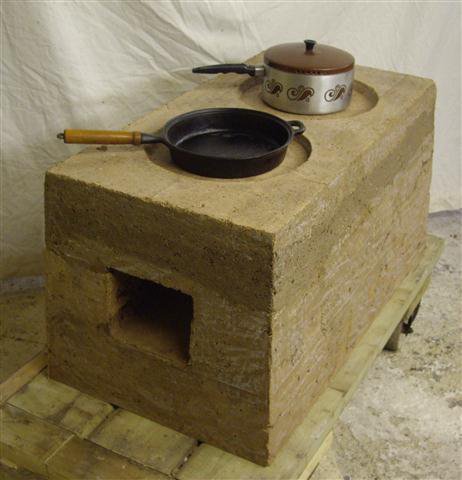
Further Improved Rammed Earth Stoves, or F.I.R.E.S., are promoted by the East Africa Trust as a way to improve self-sufficiency and sustainability in Malawi, Kenya, Tanzania, Rwanda, Mozambique and beyond.
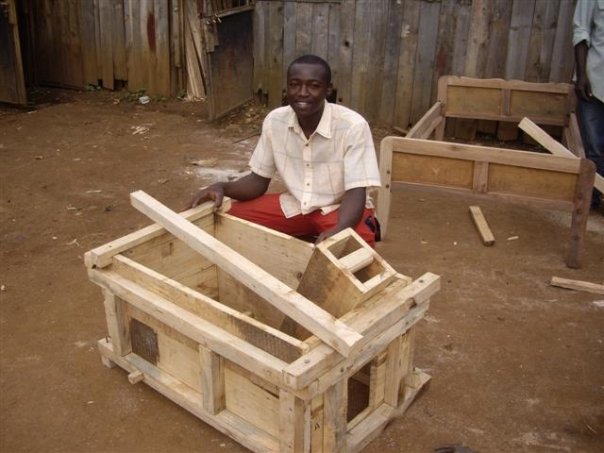
The stove is an improvement on an earlier mud design, refined byTristan Cooper MSc., CEO of the East Africa Trust. Plans to construct the formwork are available here. Read more at Rammed Earth is for Everyone.
